How to Make Math into a Fun Experience

Let’s agree that Math is not the easiest subject to learn. Mastering complex algorithms and even basic Math concepts is a challenge-packed experience for many students. Hence, in a classroom, every student engages with the class content differently. Some absorb the topics right away, while some find the subject boring and complicated and lose interest in studying.
So, the main task here is to help students think of Math as a fascinating subject that continually forms our environment. But how can this be achieved? Engaging students in a Math lesson should be a balancing act – using fun and joyful activities along with systematic and traditional ways of teaching can give good results. What are the key activities and methods to make Math fun, and why do you need them? Let’s find it out together.
Ways to Make Math Fun and Interesting
The main goal is to turn plain and boring studying into a fun activity. Try to introduce games or funny stories to the process. Explore some key ways to make the subject enjoyable for students and help them get better at Math.
Games
Games are a great way to have fun, and they become powerful teaching tools in Math. Card and board games capture students’ attention and build problem-solving and strategic thinking skills, making Math concepts more accessible to grasp through hands-on play.
For example, playing cards can help students sort and visualize fractions. This makes numerators and denominators easier to understand. Or you can engage in board games like chess to foster strategic thinking.
Stories and Fairy Tales
Incorporating Math problems into stories can make learning more meaningful. It will give students a narrative that explains the “why” and “how” relatable of Math. For example, create a mystery story in which solving each clue requires Math problem-solving to move on to the next.
You can also encourage students to write short stories featuring a Math problem they face daily. Make PDF task sheets and gather them all in one place. Use a PDF creator like PDF Guru to edit and convert their stories easily.
Outdoor Activities
You can make the outdoors a one-of-a-kind classroom, as it delivers countless opportunities for hands-on Math experiences. Use manipulatives and real-life objects to create tactile, visual learning experiences that stick with young learners. Here are some unique outdoor Math activities to explore:
- Have students create a layout for a school garden, meaningfully applying their knowledge of area and perimeter.
- Set up a Math trail around the schoolyard where students can tackle nature-themed Math challenges at different stops.
Art Integration
When Math is combined with art, it brings symmetry, exploration of patterns, and geometry in a creative and visually engaging manner. Gathering natural materials to craft artworks that showcase geometric shapes and symmetry found in nature can be a great way to do this.
Why Make Math a Joyful Experience for Students
Imagine a classroom where Math feels more like an exciting discovery than hard work. This is the main goal of making Math enjoyable – a shift that benefits students and teachers.
Engagement is the key to success in Math and other STEM subjects. When students have fun with Math, their curiosity grows, which, in turn, leads to deeper involvement with the material. This kind of learning helps students to enjoy Math, grasp concepts better, and retain them longer.
In addition, making Math enjoyable goes beyond improving test scores. It helps reduce the anxiety many students feel toward the subject. Thus, when classrooms shift from stressful tasks to playful learning and from individual worksheets to group problem-solving, students become more willing to take risks and embrace challenges as opportunities to grow.
Why Students Struggle with Math – Main Reasons
Many students struggle with Math because it feels complicated and overwhelming. Instead of being a fun learning experience, it often becomes frustrating. To help students learn Math more “willingly,” we must understand why they find it difficult. Let’s take a look at the study from 2022 created by W. W. David, lecturer at the Faculty of Education of Ishik University, Iraq.
We can see that it highlights three main sources of challenges students face when learning Math: the processes and steps involved in solving Math problems, their natural cognitive abilities, and external factors such as fear and anxiety, overcrowded classrooms, weak foundational skills, and the quality of teachers and learning materials. Some other reasons hindering students’ growth in Math cover:
- Misunderstanding or confusion about key concepts;
- Boring or unengaging teaching methods;
- Bad experiences that lower confidence;
- Lack of real-world examples to make Math meaningful;
- Viewing Math as too complex or uninteresting;
- Limited interaction or engagement in class;
- Not receiving enough personalized help.
We can only create a more positive and supportive Math environment by addressing these and other challenges.
Final Thoughts
By making lessons enjoyable and playful, we help students learn Math and spark a love for learning. It’s about showing them that Math can be a place where everyone has a chance to shine.
Plus, using interactive and enjoyable methods in Math education goes beyond teaching. It helps students view Math as more than just numbers and equations — it shows them that it’s part of a bigger, exciting world of discovery.
Related to This Article
More math articles
- The Ultimate GED Math Formula Cheat Sheet for 2024!
- How to Understand Vocabulary of Financial Institutions
- Number Properties Puzzle – Challenge 23
- How to Prepare for the SAT Math Test?
- 5 Best Laptops for Math Students
- How to Find Missing Angles of Triangles
- Top 10 Free Websites for ACT Math Preparation
- 3rd Grade ISASP Math Worksheets: FREE & Printable
- How to Prepare for the ISEE Middle-Level Math Test?
- Addition of 3-Digit Numbers
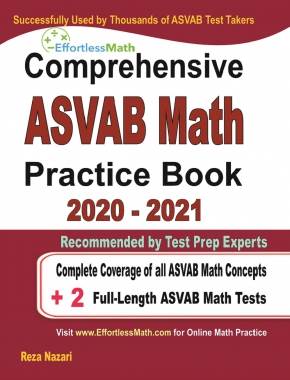
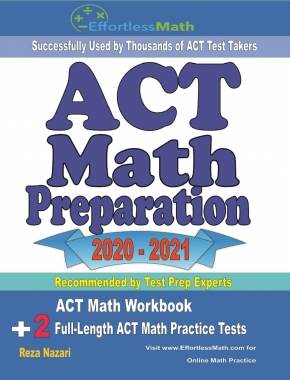
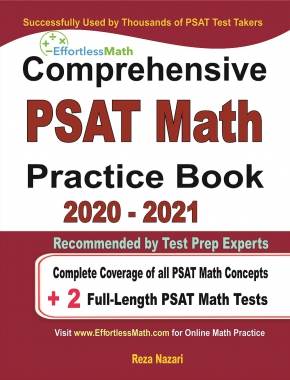
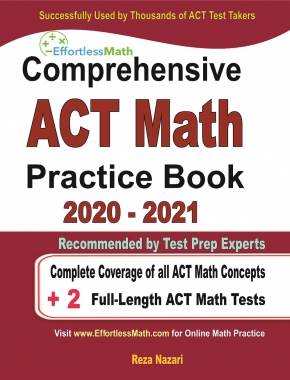
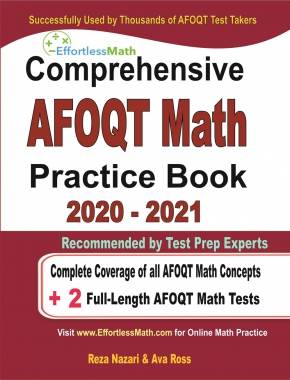
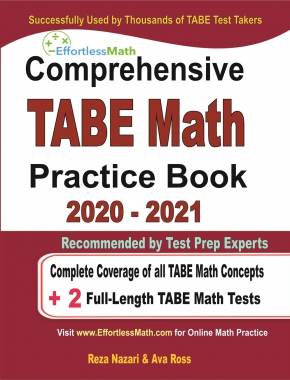
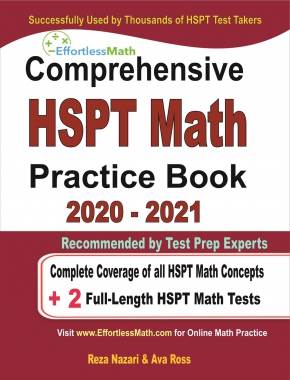


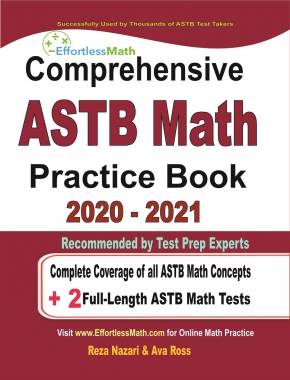
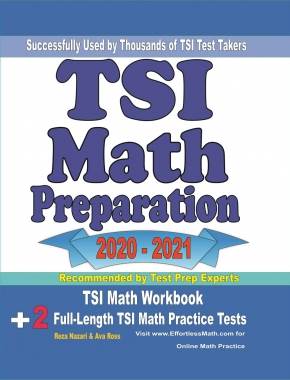
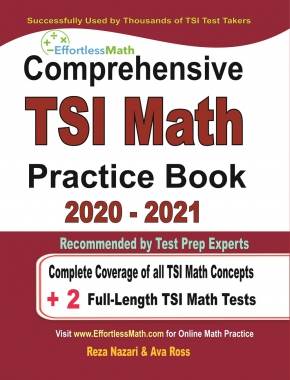
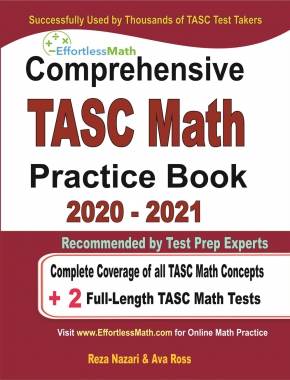
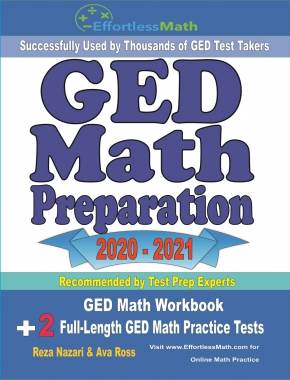



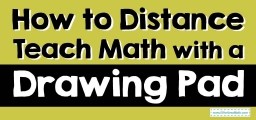




What people say about "How to Make Math into a Fun Experience - Effortless Math: We Help Students Learn to LOVE Mathematics"?
No one replied yet.